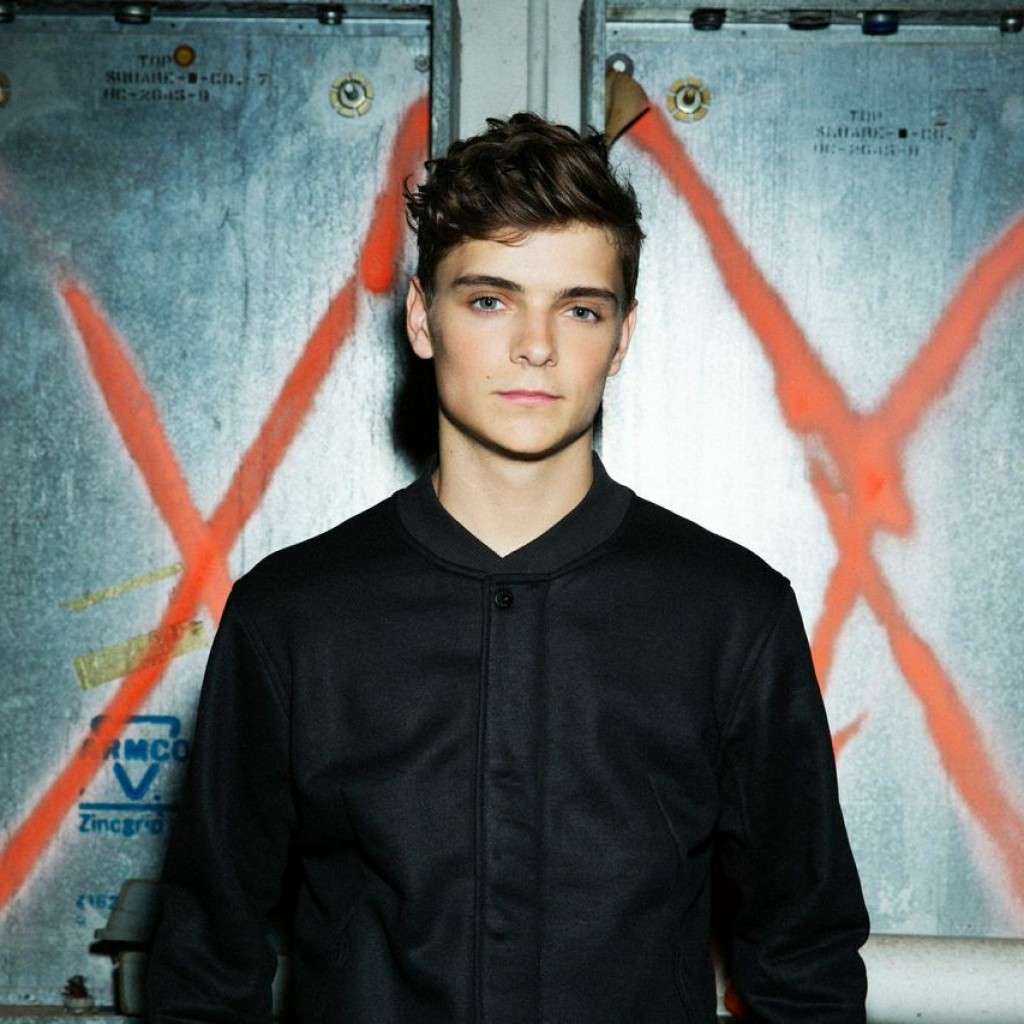Martijn Garritsen / Martin Garrix

Age: 18
It’s easy to get lost in the numbers behind Martin Garrix’s meteoric rise. At 18 years old, the Dutch superstar has already set precedents and scored landmarks at every corner of the music industry. Picked up by Spinnin’ Records and subsequently backed by Scooter Braun, Martin has become one of electronic dance music’s youngest superstars, amassing a chart-topping, high-streaming musical legacy along the way. Leaping 36 places to #4 of the DJ Mag Top 100 charts in 2014, garnering both the attention of Billboard’s prestigious ’21 under 21’ as well as Forbes’ “30 under 30” list and dropping his first BBC Essential Mix, Martin Garrix’s story is only just beginning.
Behind his humble attitude and encouraging smile is an artist wise beyond his years, setting a precedent for young and aspiring musicians across the globe. Martin has come a long way since DJing his parents’ parties, wandering music festivals as a fan and unofficially remixing Christina Aguilera. The young savant shows through hard work and talent, up and coming artists can realize their dream of topping global charts, scoring multi-platinum sales and headlining festival main stages across the globe.
By the time 2013 came knocking, the bar had been set notably high, but the whirlwind success of Martin’s breakout year was just around the corner. Hitting number one in the UK charts and reaching international platinum status, “Animals” has to-date garnered more than 100 million streams on Spotify and 400 million views on Youtube. Having subsequently linked up with such heavyweights as Afrojack, Dimitri Vegas & Like Mike, Dillon Francis, Sander Van Doorn and DVBBS, this who’s who of collaborators set a spotlight on Martin’s avant-garde studio prowess. Playing soundtrack to such prestigious events as Ultra Music Festival, Tomorrowland, Amsterdam Music Festival and more, Martin Garrix’s sound become ubiquitous around the world.
Entering the New Year with more high-profile shows and festivals on the calendar than ever before and a brand new residency at Las Vegas super club Omnia, Martin’s ambitions are ramping up for 2015. New material alongside David Guetta, Tiesto, Hardwell, Headhunterz and a landmark first dance record featuring Ed Sheeran demonstrate that Martin has every intention of innovating his sound and looking to the future. You’ll find Martin Garrix at every festival worth attending this next year; just as cheerful and exuberant as you’d expect a 18 year old whiz kid looking forward to a blossoming career.
Calvin Harris is a big inspiration for me, I love his tunes. He would be a great mentor to me I think. His tracks are cross over to pop/mainstream, but he will always be a respected DJ/Producer in the dance industry. It ’s something I really aim for as an artist. It’s very impressive what he has done with Dance music and he opened a lot of doors with his music for upcoming EDM artists too!


